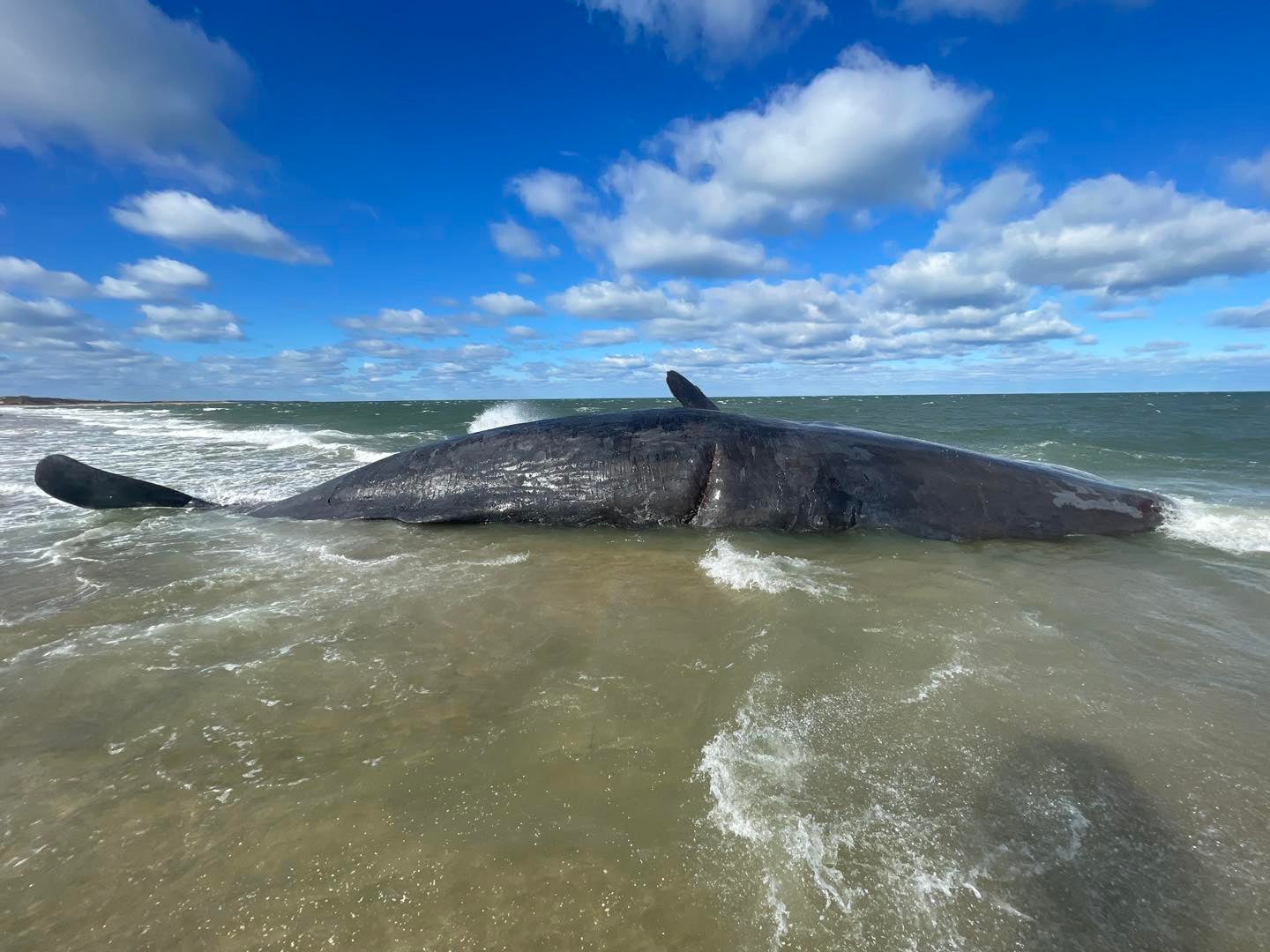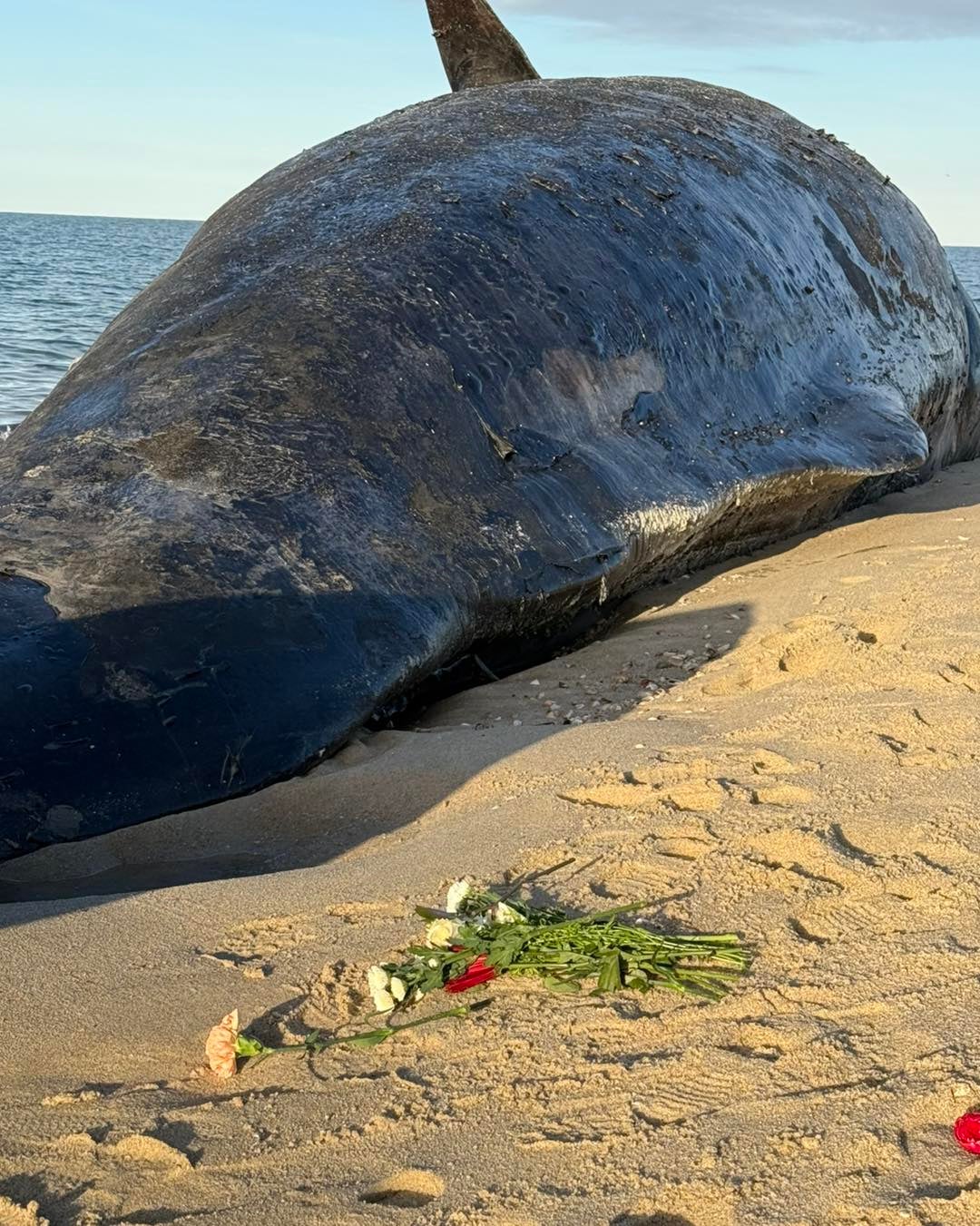Your support helps us to tell the story
From reproductive rights to climate change to Big Tech, The Independent is on the ground when the story is developing. Whether it’s investigating the financials of Elon Musk’s pro-Trump PAC or producing our latest documentary, ‘The A Word’, which shines a light on the American women fighting for reproductive rights, we know how important it is to parse out the facts from the messaging.
At such a critical moment in US history, we need reporters on the ground. Your donation allows us to keep sending journalists to speak to both sides of the story.
The Independent is trusted by Americans across the entire political spectrum. And unlike many other quality news outlets, we choose not to lock Americans out of our reporting and analysis with paywalls. We believe quality journalism should be available to everyone, paid for by those who can afford it.
Your support makes all the difference.Read more
A massive sperm whale – weighing as much as a fully loaded tractor-trailer – washed ashore on Nantucket this week, the island’s first stranding of the species in more than two decades.
The 50-feet-long whale, who appeared Sunday, is “far too big, awkward and heavy to remove from the beach,” the Marine Mammal Alliance Nantucket wrote in a news release. The whale’s cause of death is not clear.
“No amount of equipment could pull it off,” the group added.
The whale is estimated to weigh 52 tons, significantly more than the roughly 45-ton animal that came ashore in 2002, according to The Nantucket Current, which first reported the discovery.

open image in gallery
The whale, weighing as much as a fully loaded tractor-trailer, is the island’s first stranding of the species in more than two decades (Marine Mammal Alliance Nantucket)
That whale was towed for hours to a shipyard, placed on a flatbed truck, and brought to a landfill for a necropsy. Its skeleton now hangs in a New Bedford whaling museum. But scientists say repeating that process is impossible with this far larger animal.
Nantucket town manager Libby Gibson told The Inquirer and Mirror the current plan is to tow the whale far enough offshore, ideally before Thanksgiving, to keep it from drifting back.
The Marine Mammal Alliance said they are coordinating with Nantucket officials and NOAA on next steps.
Although sperm whale populations have rebounded since the 1980s moratorium on commercial whaling, the species remains endangered.

open image in gallery
The Marine Mammal Alliance said they are coordinating with Nantucket officials and NOAA on next steps (Marine Mammal Alliance Nantucket)
Sperm whales, named for the waxy oil sac in their heads that aids in hearing, were once central to the global whaling industry because their oil illuminated lamps and lubricated machinery. Nantucket’s growth from the 1690s to the mid-1800s was built on whaling, beginning with the Wampanoag people’s harvesting of stranded whales and expanding as English settlers began hunting at sea, the New York Times reported.
The alliance says the public may view the whale from at least 300 feet away, in accordance with the Endangered Species Act.
“We welcome you to come see and honor this magnificent creature that contributed so much to Nantucket so long ago,” they said.
The group said experts will conduct an on-site examination and determine carcass removal plans with Nantucket officials.
